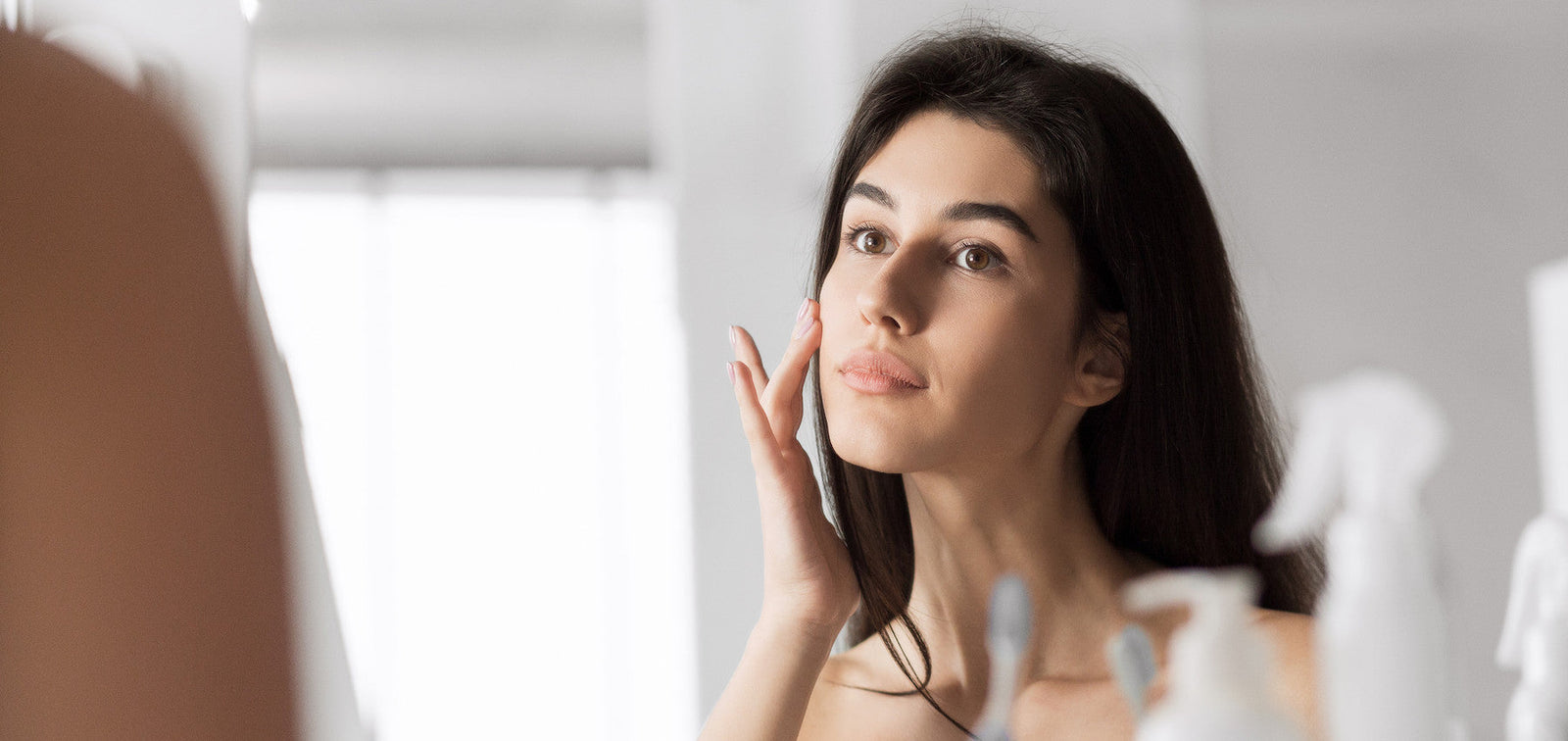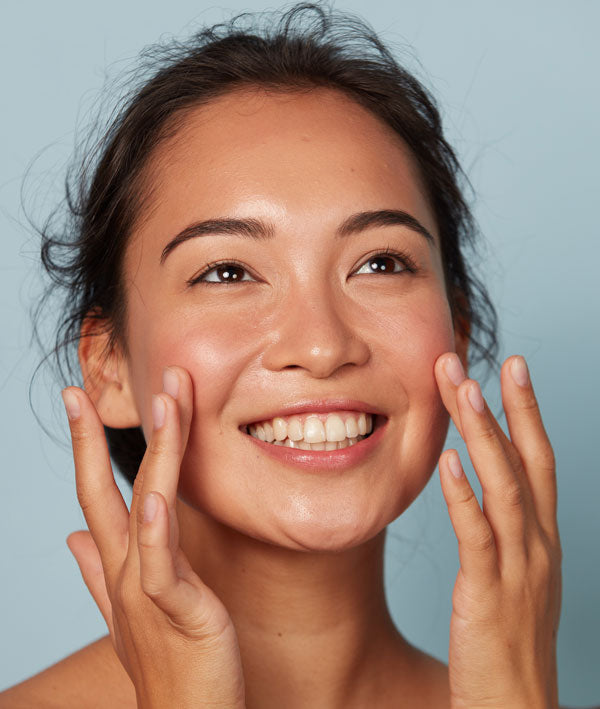It may not seem like a huge deal, but how you use and the order in which you apply your serums and other skincare products can make a major difference in how your makeup wears on your skin. Applying your products incorrectly (or skipping some products entirely) can lead to makeup that looks patchy and fades off the skin halfway through the day.
Want to make the most out of your makeup look? Here’s our step-by-step guide on how you should apply your serums (and use your other skincare products) so that you can get a flawless makeup application – every single time.
1. Cleanse
In order for your products to do their best work, you need to start with a clean canvas. Prior to applying any products, thoroughly cleanse your skin with a gentle cleanser. This step will get rid of excess oil, impurities, and debris from your skin so that your serums, toners, and other skincare solutions can optimally penetrate the skin. This will also ensure there isn’t residue left behind that will affect how your makeup applies.
2. Toner
A toner can be a nice addition to any skincare routine, as it refreshes and further preps the skin for serums. It will also help remove any excess residue that you might’ve missed during cleansing – which is especially important for smooth makeup application.
There are toners that target a range of concerns, but for makeup wearers, hydrating toners are particularly ideal. They’ll boost suppleness and tackle any dry spots that may make makeup look patchy.
Not everyone chooses to use a toner, but if you do, you’ll want to apply it after you cleanse. Typically, it’ll be safe to apply toner to slightly damp skin – this can help the ingredients penetrate the skin. If you’re using a toner with more aggressive active ingredients (such as chemical exfoliants), allow your skin to dry a bit more first before applying your toner.
3. Serums
After toning, you’ll want to follow up with your serum (or serums!). Serums contain potent concentrations of active ingredients, and are designed to help you achieve your skincare goals.
While hydrating toners are great for creating the perfect canvas for makeup application, if you really want to maximize your results, try a hydrating serum. By giving your skin an extra boost of hydration, these serums counteract peeling and roughness. This helps with flawless application, and can prevent makeup from flaking off in the middle of the day.
Our Hyaluronic Pure Boost Serum has a gentle and lightweight formula that is suitable for all skin types, and layers beautifully under makeup. It’s powered by hyaluronic acid (one of the most effective hydrating ingredients), and works to promote softer and more supple skin that has a more youthful appearance.
In addition to a hydrating serum, we recommend adding other solutions that address some of your skin concerns and needs. For those who want to boost radiance and add anti-aging benefits to their routine, we suggest the Vitamin C Boost Serum, which promotes a more even skin tone and stimulates collagen production.
Looking for an antioxidant boost? Try the CoQ10 Boost Serum, which defends the skin against damaging free radicals while firming the complexion, reducing sun damage, and softening fine lines and wrinkles. Both of these formulas layer well under makeup, and will help treat your skin so that you can work towards achieving your best complexion yet.
If you’re using multiple serums at once, you’ll want to apply your lightest formulas first, and then work towards thicker serums. Applying thicker formulas first will block the active ingredients in the lighter formulas from fully absorbing into the skin.
4. Eye Cream
A high-quality eye cream will make concealer application a breeze. It can also target some of your concerns around the eye area, such as fine lines, dehydration, dark circles, or puffiness.
You won’t want to apply a super rich, balm-like eye cream underneath makeup, as that can cause concealer to shift and your eye makeup to smudge. Save these types of formulas for your nighttime routine. Instead, reach for lighter creams, gels, or eye serums. Gently pat your product of choice under and around your eye area using your ring finger, and then you’re ready to move on to the next step.
5. Moisturizer
A moisturizer is an absolute must in anyone’s skincare routine. It’ll boost the skin’s moisture levels and seal in serums so that they can do their best work. A moisturizer will also ensure your makeup goes on beautifully.
6. SPF
The key to maintaining healthy, beautiful skin is protecting your complexion daily with SPF. The SPF that is sometimes found in tinted moisturizers, foundations, and other face makeup products doesn’t provide adequate protection against the sun. With this in mind, if you’re applying makeup in the morning, you’re always going to want to apply sunscreen after your moisturizer.
7. Primer
Primer is essential for achieving flawless makeup coverage that lasts all day long. It will act as a magnet for your foundation, guaranteeing it will stay in place as you move about your day. If long-wear is what you’re after, don’t skip this step!
8. Foundation
Now that you’ve created the perfect canvas, it’s time to move on to your foundation. Start by applying a light coverage where desired, and then build up from there. Since your skin is well-prepped, you’ll be able to easily add some extra product if needed.
9. Concealer
Your concealer will be the very last step in your routine (before you go in with other makeup products you may wish to use, such as eye shadow, mascara, and blush). Applying concealerbeforeyou apply your foundation will often cause you to use more product than necessary. With that in mind, we suggest going in with your concealer after applying your foundation. You may find that the foundation is all you need to cover some blemishes, so you might not need to apply as much concealer as you initially thought. This means you’ll use less product and save some time – it’s a win-win!







